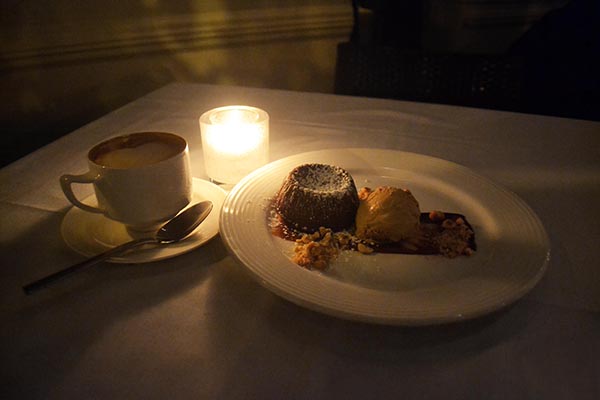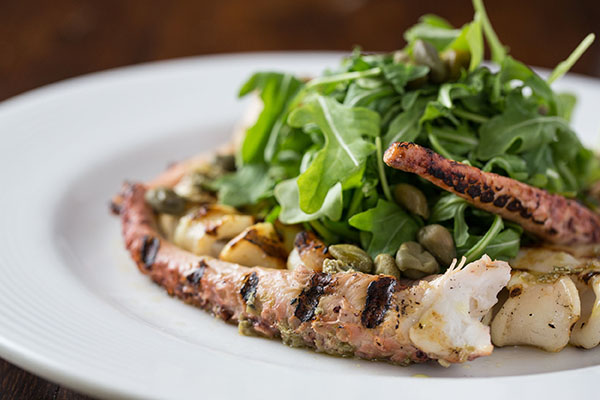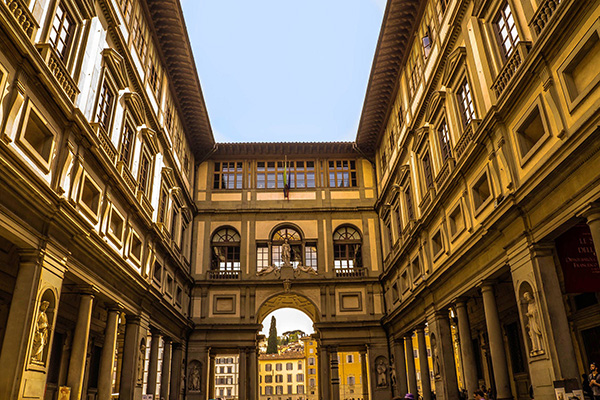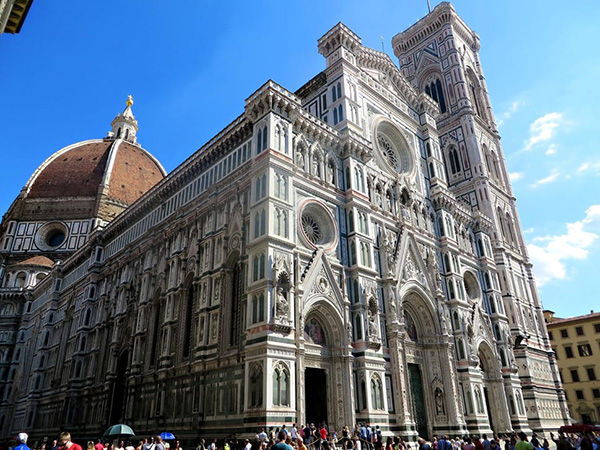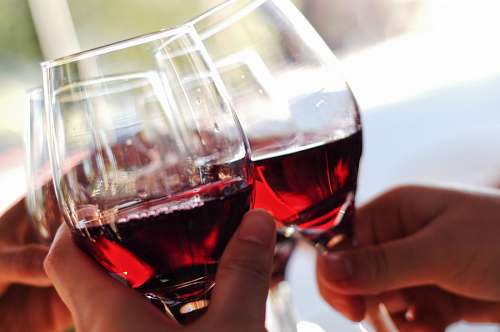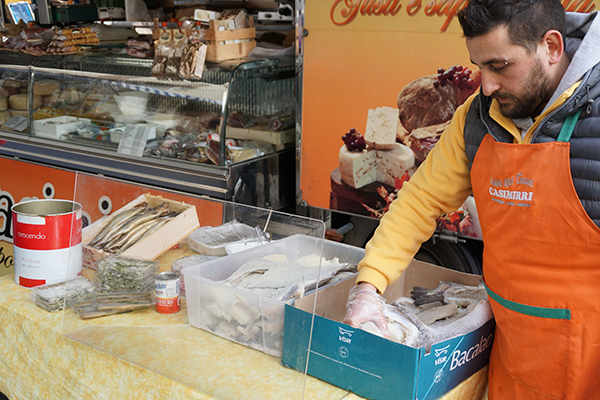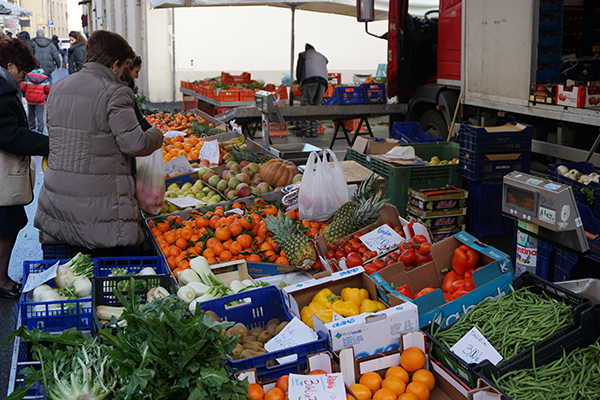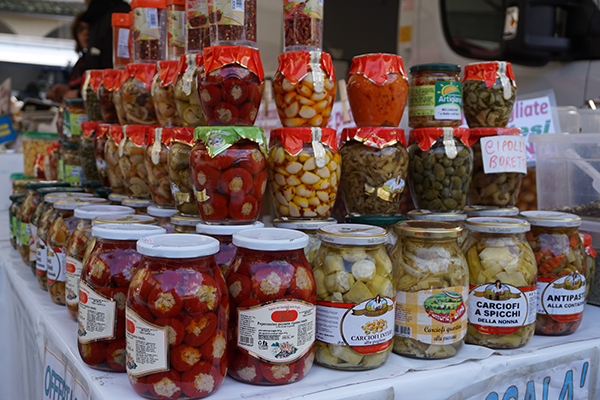Chicagoland Culinary Reviews
This year A Toast to Travel is starting a new search, for the most authentic Italian experiences in the Chicagoland culinary world!
Part 1- Piccolo Sogno
Our first stop is Piccolo Sogno, this little dream of Tony Priolo and Ciro Longbardo, greets you at the door with a first impression you won’t soon forget. I was treated to a first class seat at one of the most tasteful restaurants in Chicago. And don’t just take my word for it, take Italy’s! A placard from Ospitalità Italiana hangs on the left hand side of the main entryway, proudly displayed next to the front desk.
I was greeted by a deep blue wall, and I welcomed its immersive calming embrace. Contrasted beautifully by choice of art, the room greets you and so too do the smiling faces of the staff. Abel the manager, was quick to greet me, he had us check our coats with a sweet smiling attendant, from there leading me through the establishment and to the table. After showing me the table, he asked me if I’d like a tour of the rest, including the kitchen. I, of course, was excited to accept; I left my companion for the evening at the table and followed Abel through the main room camera at the ready. I was here for only the best food, so of course I wanted the best photos.
All pasta served and gelato consumed by guests at Piccolo Sogno is made in house. The Antipasti can be found delightfully displayed when you first enter the kitchen; a large red meat slicer sits to the right hand side. All Prosciutto consumed in house is sliced on this machine. Fresh and salty, the Prosciutto is chewy and easy to pull apart, and an excellent way to start your meal if you like ham. Another excellent choice is the Caprese salad, tomatoes and mozzarella served to enchant the taste buds and the meal has only just begun.
Another prime feature of the kitchen is its wood burning oven, its gapping maw, fire licking away on the inside tugs on my ancestral heartstrings, the Italian in me appreciates such attention to detail. At the table, I am greeted once more but this time by Italia’s very own bottled stars. The N.V Prosecco, Alexa is bubbly, and gives me that cherished oh so tingly sensation, and yet somehow there is heaviness here among the stars. It’s a full body that can be appreciated and considered very, very smooth. Grissini and Focaccia and Filone are given as choices of bread before dinner at the table, I appreciated the light and airy Filone the best, but my companion liked the Focaccia best. I found it to be a strong flavor, I wasn’t quite prepared for.
There are excellent guest relations here; Abel is frequently seen throughout the evening interacting with guests, especially as it gets busier around 6:30 when the restaurant hits the evening rush, a charismatic smile never leaving his lips. I believe this joviality is made possible by the excellent staff relations that exist here as well. Abel has been here 8 to 9 years, to him, “it feels like a family.”
Alberto our servers checks on us often, and takes our dinner order of Tagliolini con Funghi Misti e Tartufo Nero and Ravioli “Piccolo Sogno”. I was promised the perfect pairing of wine with my meal, and Alberto our server for the night has the perfect suggestion. The evening is meant to be enjoyed and I found myself observing the rest of the room. I noticed a few birthdays being celebrated, the birthday candle is lit discretely for the table’s enjoyment. It is personal and private. My ideal birthday treat. The entire setting’s aesthetic can be expressed as intimate. This effect is particularly created by the lighting. It is dark, the room is outlined in a cool white glow but the main source of light is each occupied table’s single white candle.
The red wine, a 2011 Chianti Classico, Casaloste, paired perfectly with the Tagliolini! I found myself quite enthralled by the savory flavor of the mushroom and pasta pairing. I can be quite picky, but the flavor of those al dente noodles made even this palate jovial. My companion and I shared meals, and agreed that it surpassed the Ravioli. Now, this Ravioli has won against Bobby Flay, so this is high praise for the Tagliolini!
Upon Alberto’s insistence we finished dinner with the Tortino di Gianduja. The first bite of this chocolate delight will send your eyes back into your head. Warm chocolate syrup encased in a light chocolate cake shell sprinkled with powdered sugar. This is accompanied by a single scoop of hazelnut gelato. The pairing is well chosen. We take coffee with dessert.
I’d like to thank Piccolo Sogno for an excellent evening. The service is friendly, and the food is tasteful, the experience is authentic.


